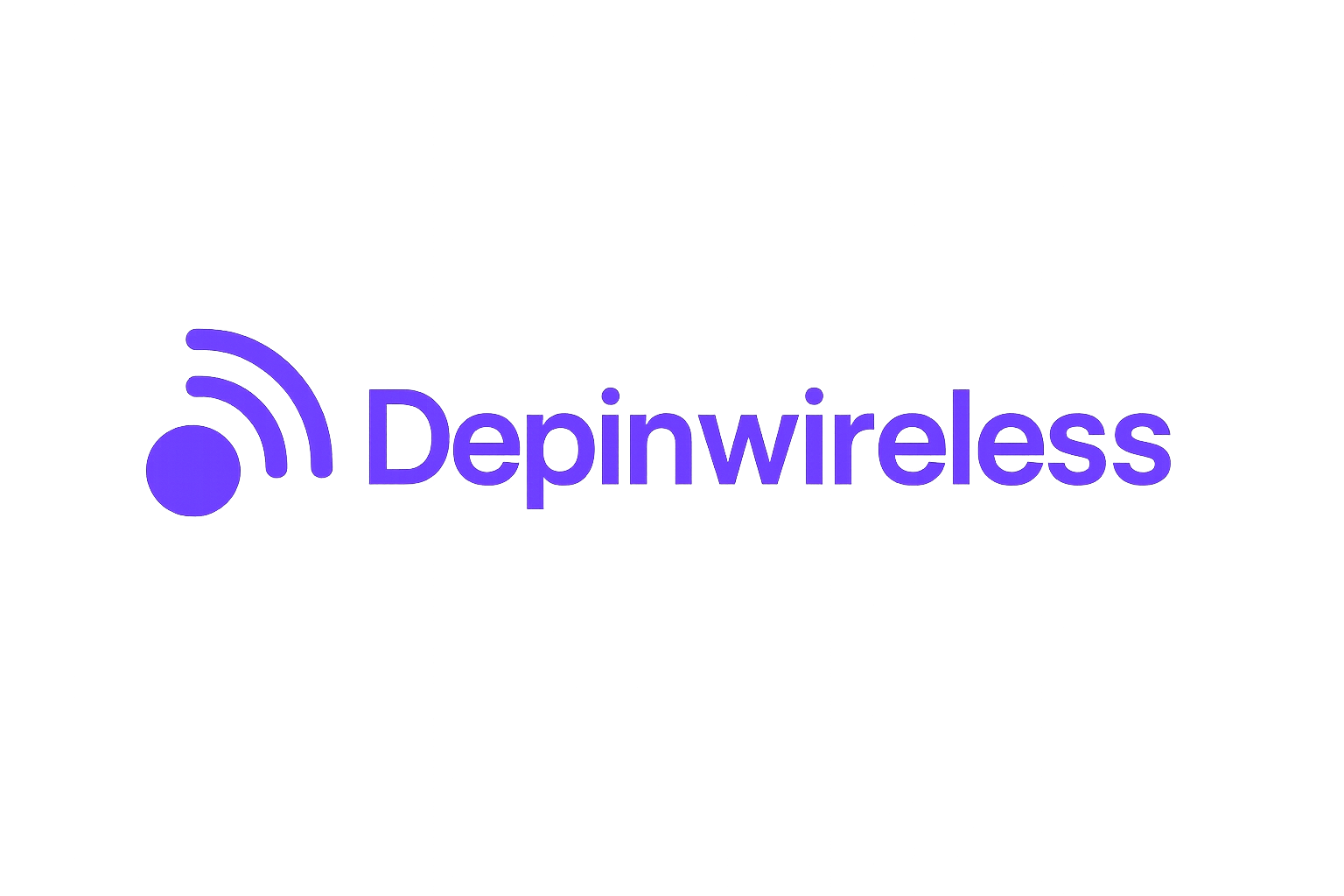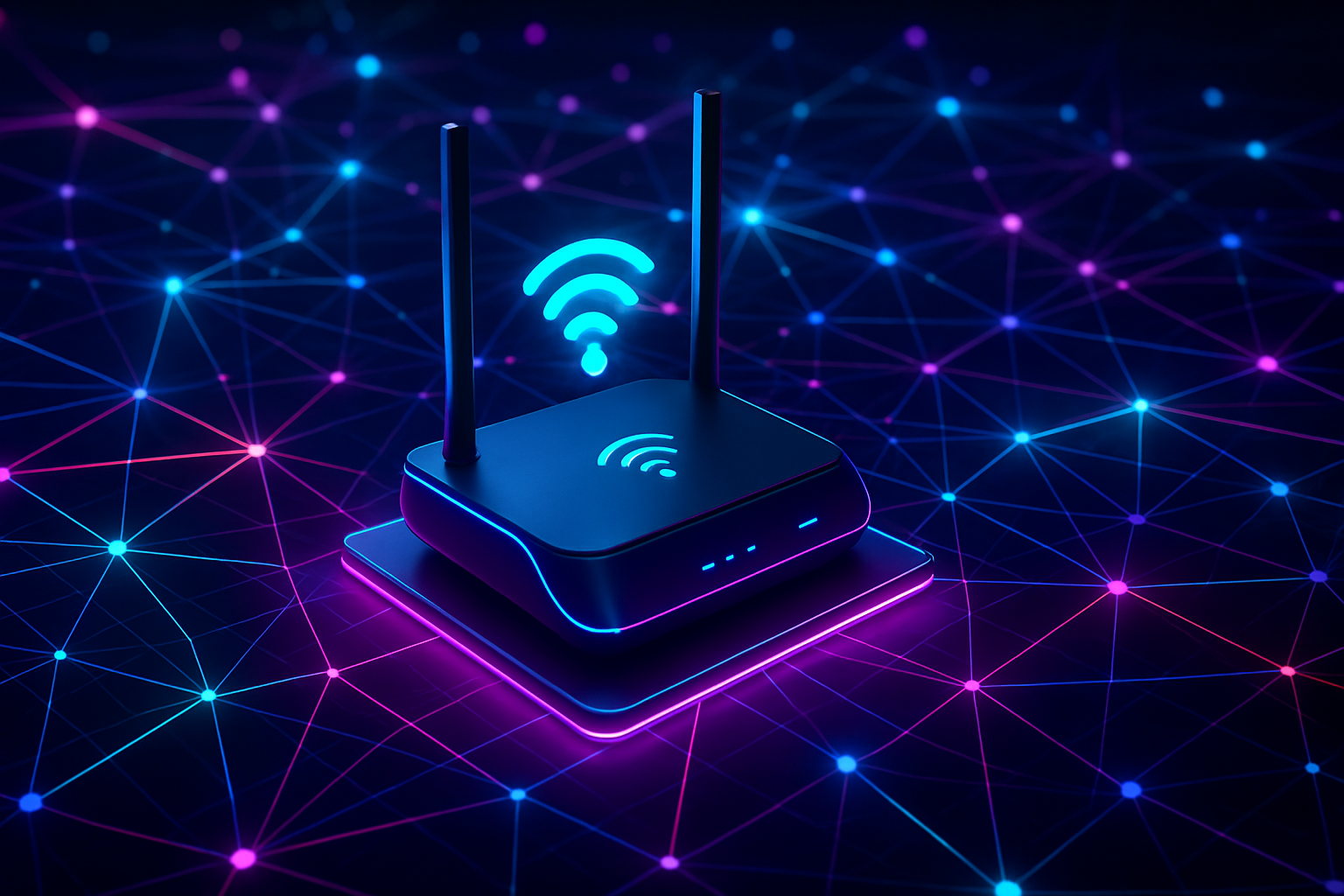
Imagine earning crypto rewards simply by sharing your home Wi-Fi, no specialized hardware, no technical degree required. Thanks to Decentralized Physical Infrastructure Networks (DePIN), this vision is now accessible to anyone with a router and an internet connection. Projects like Helium Plus, Roam, and DePINed are transforming everyday households into active participants in the decentralized internet revolution, allowing users to monetize unused bandwidth while expanding secure, global connectivity.

Why Turn Your Home Wi-Fi Into a DePIN Node?
The traditional internet relies on centralized service providers and costly infrastructure. DePIN flips this model: individuals contribute resources, like Wi-Fi hotspots, and receive crypto rewards in return. This approach not only democratizes access but also incentivizes participation, creating a more resilient and distributed network.
The appeal is clear: passive income potential, empowerment of local communities, and the chance to support open, censorship-resistant connectivity. As blockchain-powered projects mature, the process has become simpler and more lucrative for non-technical users.
“Each device becomes a node in a global network. Maybe it’s a Wi-Fi hotspot… You set up a device, it performs a task, and you earn tokens. Simple. “ – CoinSwitch
Key Players: Helium Plus, Roam Network and DePINed
Helium Plus recently introduced an update that enables users to convert their existing routers into crypto-earning nodes, no additional hardware required. By sharing your Wi-Fi through their platform, you earn HNT tokens. The onboarding process is designed for accessibility: register on their official site and follow guided installation steps. For more details on this initiative, see the latest coverage at usacryptotime.com.
Roam Network, built on Solana infrastructure, lets users purchase routers that act as public hotspots. Rewards come in the form of ROAM tokens for actions like adding new hotspots or referring friends. The emphasis here is on building a secure public Wi-Fi mesh while keeping earnings transparent through daily activity logs (thedefiant.io).
DePINed takes a broader approach by allowing users to monetize both internet bandwidth and idle computing power via their downloadable app. Rewards are paid out in $DEPIN tokens as you contribute resources for AI or rendering services (depined.app).
Top 5 Benefits of Running a DePIN Wi-Fi Node at Home
-
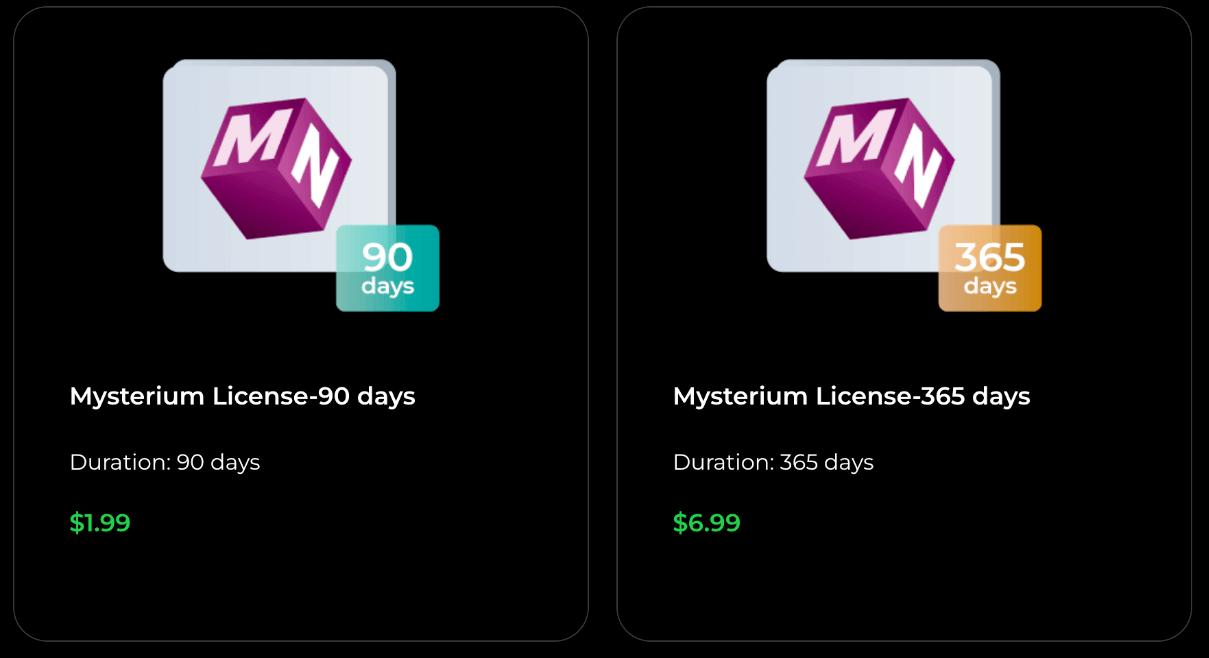
Earn Passive Crypto Rewards: By sharing your home Wi-Fi through platforms like Helium Plus or Roam Network, you can earn cryptocurrency such as HNT or ROAM tokens for contributing to decentralized infrastructure.
-
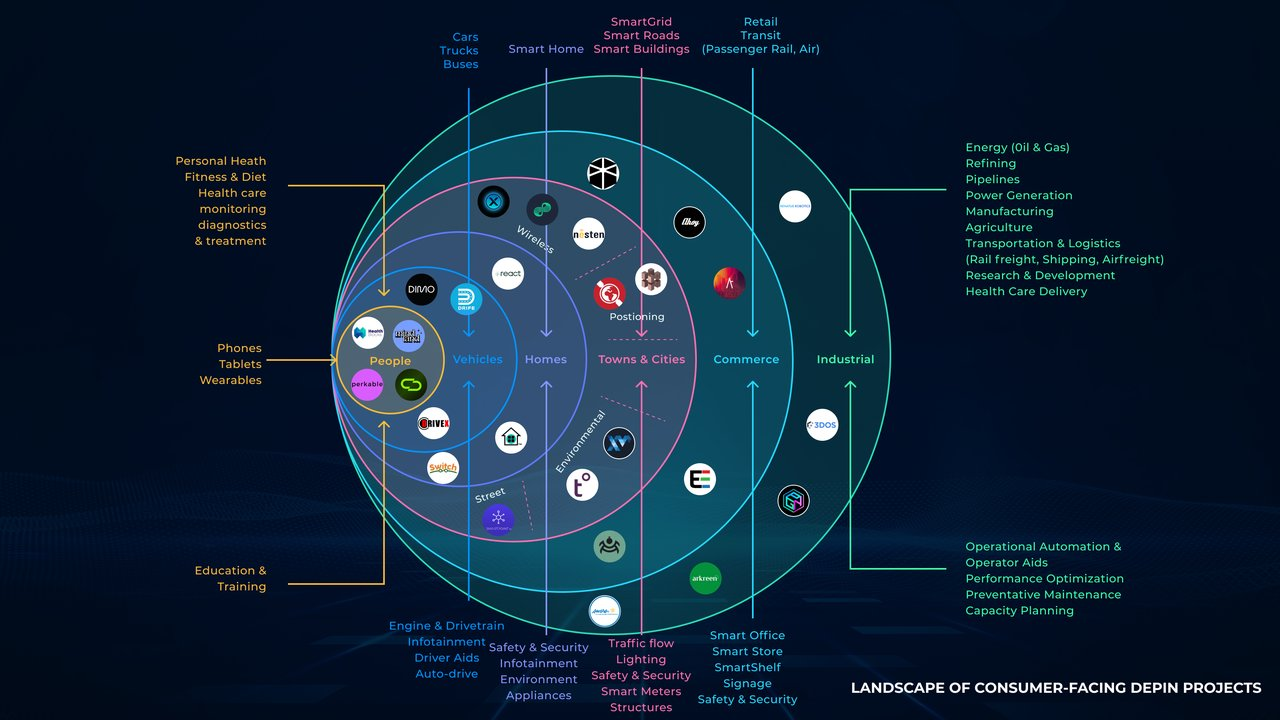
Support Global Decentralized Connectivity: Running a DePIN node helps expand access to secure, decentralized internet, bridging digital divides and supporting community connectivity initiatives.
-
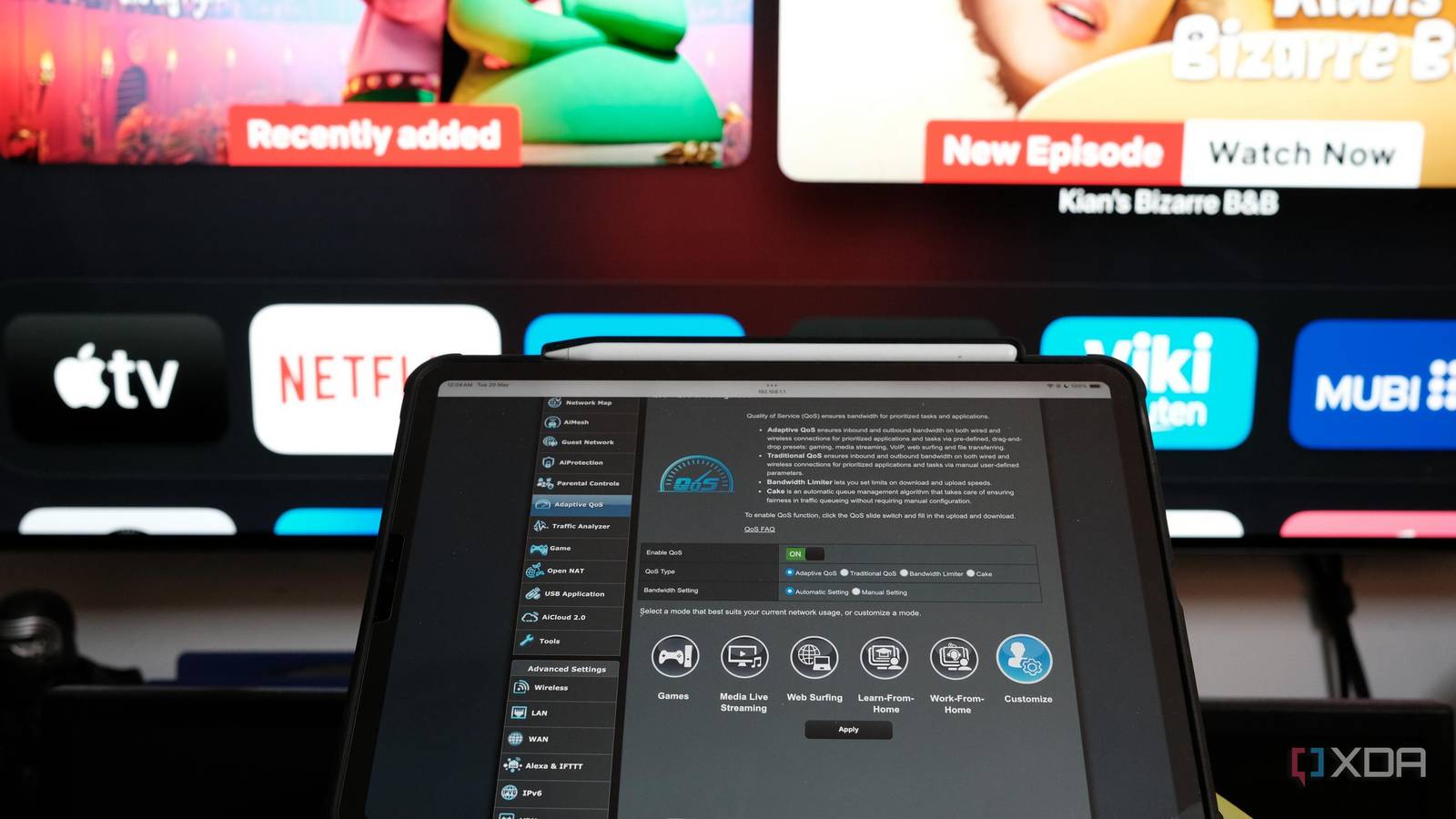
Monetize Unused Internet Resources: Platforms like DePINed allow you to earn $DEPIN tokens by sharing idle bandwidth and computing power, turning underutilized resources into income.
-
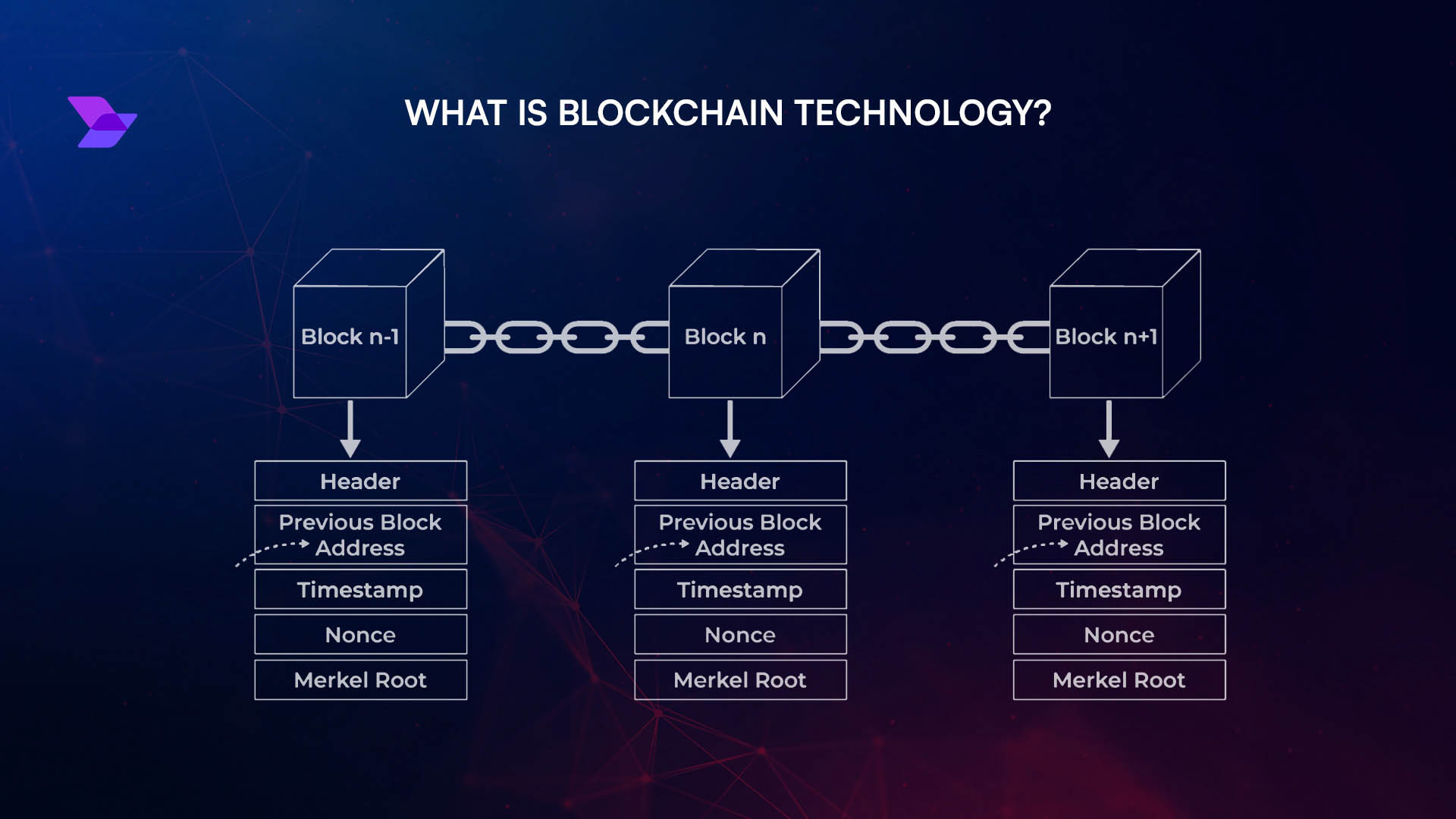
Enhance Network Security and Privacy: DePIN projects often implement robust encryption and privacy protocols, helping protect your data and the data of users who connect to your node.
-
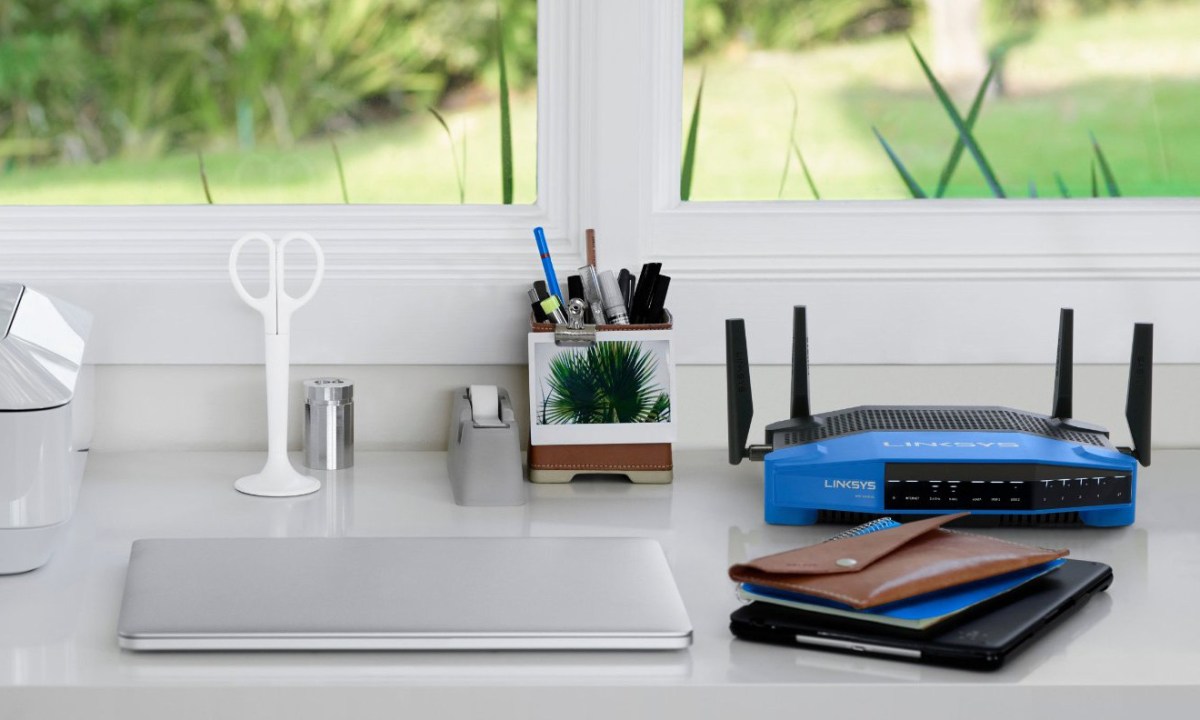
Easy Setup with Minimal Hardware: Solutions such as Helium Plus let you convert existing Wi-Fi routers into earning nodes without extra devices, making participation accessible and straightforward.
Your Step-by-Step Guide to Setting Up a DePIN Wi-Fi Node
The process is remarkably straightforward across most platforms:
- Research: Compare platforms like Helium Plus and Roam for compatibility with your hardware and desired reward structure.
- Create an Account: Register on the official website of your chosen provider.
- Install Software: Download any required applications or firmware updates as prompted during onboarding.
- Configure Router: Follow precise instructions, often just inputting credentials or scanning QR codes, to connect your device to the decentralized network.
- Monitor Earnings: Use the platform dashboard to track real-time token accrual based on bandwidth shared or connections made.
Navigating Security and Compliance Considerations
Earning rewards with your home Wi-Fi brings responsibility. Always verify that your chosen platform uses robust encryption and data privacy measures. Additionally, review your ISP’s terms of service, some providers restrict bandwidth sharing or commercial use of residential connections.
If you’re ready to explore blockchain-powered income streams while helping build tomorrow’s internet infrastructure, turning your home router into a DePIN node could be one of the most accessible Web3 opportunities available today.
For those seeking a blend of passive income and technological impact, DePIN Wi-Fi node setup offers a compelling entry point. As new platforms enter the market, competition is driving both higher rewards and lower technical barriers. The result? An ecosystem where anyone can participate, from crypto veterans to first-time Web3 explorers.
Maximizing Your Earnings: Strategies and Pitfalls
To earn rewards with home Wi-Fi, consistency matters. Platforms like Helium Plus optimize payouts for nodes in high-demand or underserved areas, rewarding uptime and bandwidth availability. Roam incentivizes activity through daily check-ins and referrals, while DePINed calculates rewards based on both bandwidth and computing resources shared.
- Location Premium: Nodes in urban centers or connectivity deserts often see higher returns due to increased demand.
- Quality of Service: Stable connections and minimal downtime boost your credibility (and earnings) on most networks.
- Referral Programs: Inviting friends multiplies your earning potential, especially on platforms like Roam.
Avoid common pitfalls by keeping your firmware updated, monitoring network usage for unusual activity, and never sharing login credentials outside official channels. Remember: security lapses can jeopardize both your rewards and your privacy.
The Broader Impact: Decentralized Broadband Income Meets Global Connectivity
The rise of blockchain-powered Wi-Fi sharing isn’t just about personal gain. By participating, you’re actively shaping the next phase of internet infrastructure, one that is less dependent on monopolistic ISPs and more resilient against outages or censorship. This decentralized model has already begun connecting unserved communities worldwide, driving adoption in regions where traditional broadband was cost-prohibitive or unavailable.
The long-term vision is ambitious: a mesh of millions of individually owned nodes creating a permissionless backbone for IoT devices, smart cities, and everyday users alike. As protocols mature, expect to see integration with other DePIN services, storage, compute power, even decentralized mapping, making your home router a multi-purpose asset in the Web3 economy.
Is It Worth It? Real-World Results and Community Sentiment
Early adopters report tangible returns, with some users earning hundreds or even thousands of dollars annually depending on location and network participation (usacryptotime.com). However, as with any passive income stream tied to tokenomics, reward rates can fluctuate based on network growth and token price volatility. Staying engaged with project updates ensures you adapt to changing reward formulas or technical requirements.
The community aspect cannot be overstated. Many participants highlight the satisfaction that comes from contributing to digital public goods, helping neighbors get online during outages or powering grassroots connectivity initiatives in remote areas.
The Future of Home Internet: A Decentralized Paradigm Shift
If you’re looking for an accessible way into Web3 that combines real-world impact with financial upside, decentralized broadband income via DePIN nodes deserves serious consideration. With projects like Helium Plus lowering the barrier to entry, and new competitors innovating rapidly, the opportunity to turn your idle bandwidth into an asset has never been more viable.
As always, do your own research before committing resources. The landscape is evolving quickly but the underlying trend is clear: blockchain-powered Wi-Fi sharing is poised to redefine how we connect, and who gets rewarded for it.
